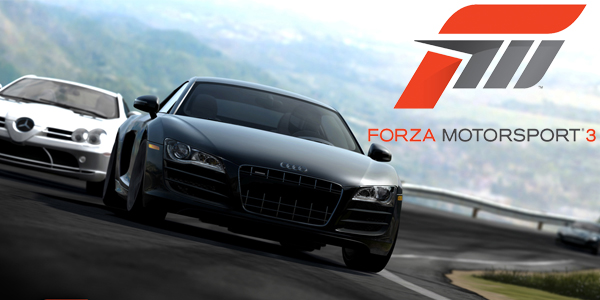
Here in my car, I feel safest of all, because I can rewind time if I crash.
If there’s one thing I hate about gaming culture, it’s the smug-faced elitism that pervades its every crevice. It’s the only form of entertainment where newcomers are essentially discouraged from taking part through obtuse technical discussion.
Tutorials explaining how not to die are a very recent addition to modern games: reading the colossal Civilization II manual took a solid hour and many strong cups of coffee, resulting in my fourteen year old self having excited conversations about tile bonuses to my presumably disturbed parents. Where else could the term “newbie” become a slur, as if all true gamers were born with an Xbox controller grafted to their thumbs and the mark of the Playstation branded into their neck?
Forza Motorsport 3 is here to change all that. When you first play, you’re greeted by a polite Englishman- Stephen Fry’s slightly less enthusiastic cousin, perhaps- who invites you to a pleasant drive around Monserrat in an Audi R8. Buy your first car and Edward Fry commends you on your excellent choice, even if you pick a Ford Fiesta; then it’s off to a never-ending smorgasbord of racing, tuning, painting and purchasing, always maintaining the overwhelming pleasantness of the first few minutes.
Like its rival Gran Turismo, the racing starts off with plodding around some generic circuits in a knackered hatchback until you scrimp together enough credits for a new exhaust on the gaming equivalent of the hedonic treadmill. Unlike Gran Turismo, it doesn’t insist on earning a ‘license’ before you get onto the track (who ever thought that was a good idea?). You progress up the career ladder, unlocking some cool new rides along the way, until you’re screaming around Nürburgring in a Ferrari at 200mph. Your ascent to racing stardom is well paced, but whenever you move from the intensity of the R2 class back to E class it feels a little like your Granddad has picked up the controller.
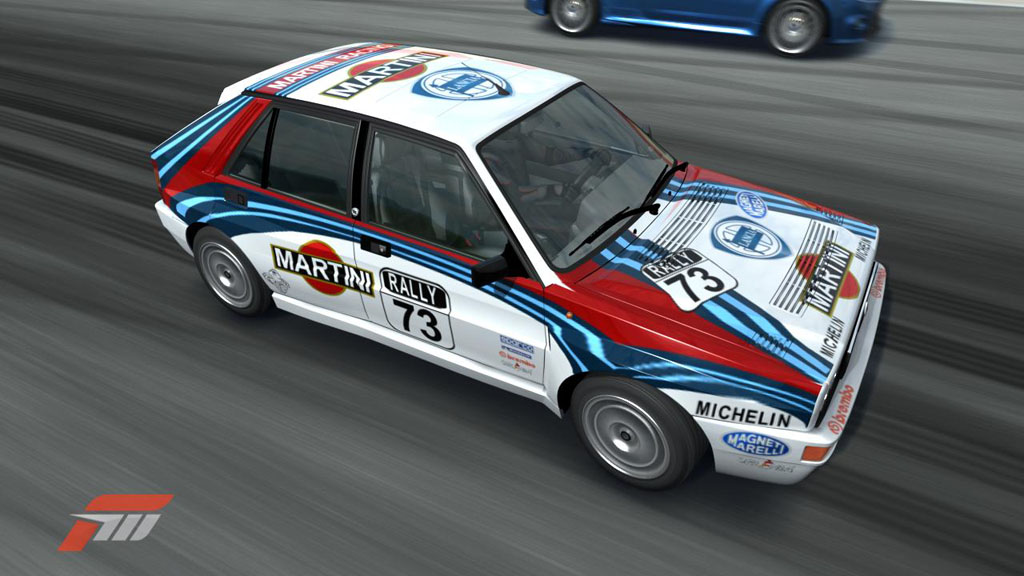
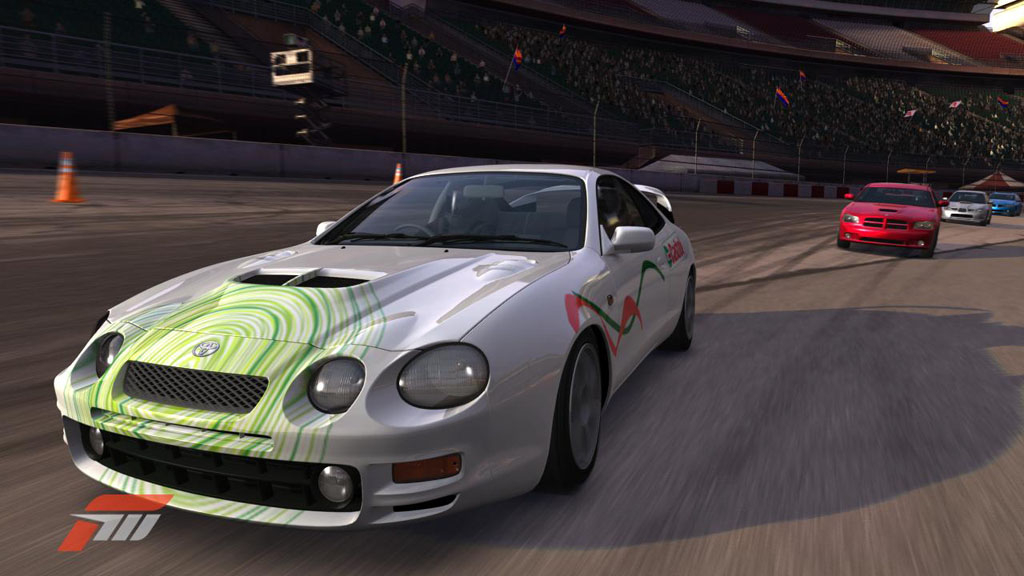
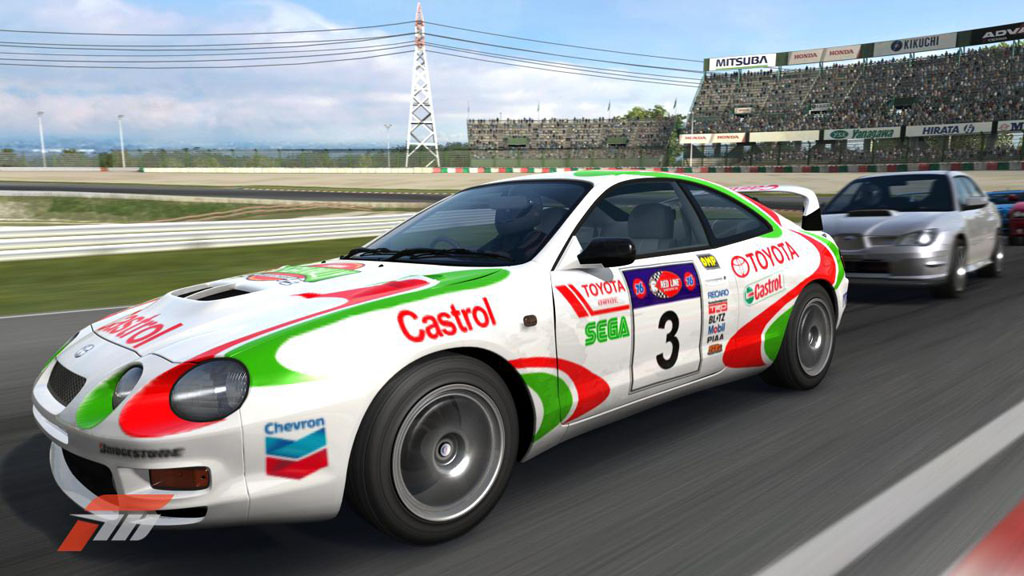
There’s an unfathomable amount of content: hundreds of cars, scores of tracks and so many different events that it will take countless hours to complete. It should be overwhelming, but the Season Mode guides you gently along six in-game ‘years’ of racing by letting you choose from a narrower subset of events each time. There’s plenty of variation on offer but sometimes you hit a snag like a dull ‘speedway’ series, which for those of us who aren’t American means racing full throttle around an oval track with a rubber band holding the steering wheel in place. You’re never overwhelmed by the options on offer, but you’re always aware of the vastness.
This extends to the online elements: you can upload your favourite screenshots (this review uses my own), car liveries and sell tuning configurations, as well as purchasing other players’ wares and cars from the Auction House. The car decoration features are comprehensive, but what they have in power they lack in ease of use. Luckily, someone else is much better at it than I and my Toyota Celica now has an attractive rally livery. It’s the only section of the game with an intimidating learning curve, which is a bit of a backhanded compliment since the rest of the game is so accessible.
Racing simulations are traditionally very bad at user friendliness. If the unforgiving handling doesn’t put off newcomers, they’ll definitely be irked by a cursory glance at the endless lists of identical car models and tuning options. Can you tell the difference between a Skyline GT-R from 1997 and 2002? I can’t. What’s more, I feel like I couldn’t even learn the difference, such is the inconsequentiality to my life. Thankfully you don’t need to know the difference because Forza 3 great at dividing cars up according to their relative performance level. Coloured letters and numbers, I can handle.
Likewise, it doesn’t matter if you don’t know how a new gearbox will affect your car’s performance as helpful graphs and stats illuminate the way. I spent a solid hour replacing the drive system and tweaking the engine on a Volkswagen Golf, before taking it to a Japanese mountain rally and beating the pants off the competition. That’s not really true: I actually cycled through various options until the little performance bars at the bottom of the screen matched my desired stats. Yet I felt like a real mechanic, which is as likely as me spontaneously turning into an onion.
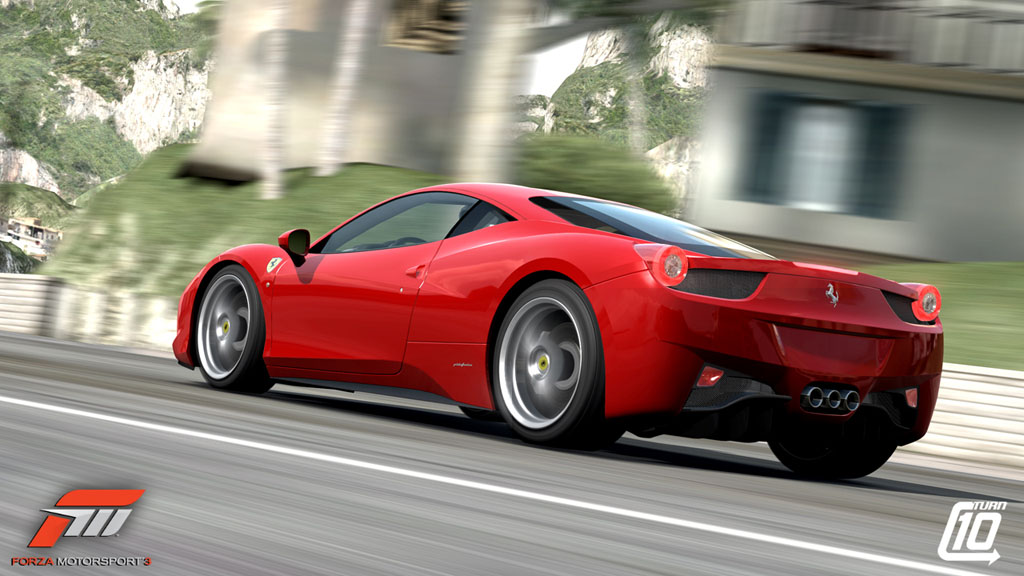
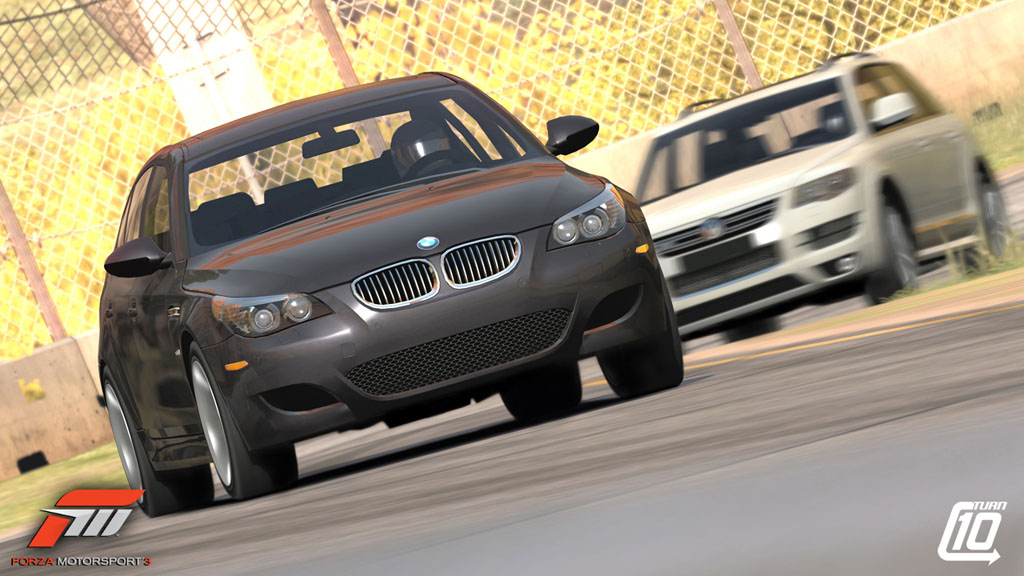
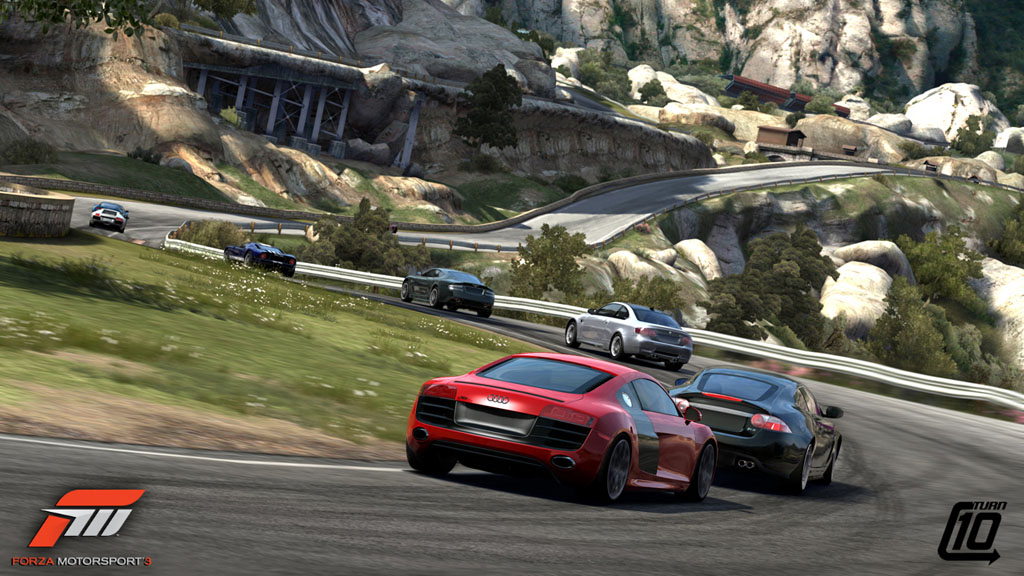
It’s inclusive almost to the point of irritation. Every new menu brings a pop-up message telling you where you are and they can’t all be permanently dismissed. It borders on harassment as Edward points out how the Auction House is for selling cars, as if you thought it was for selling vegetables. But it’s all so well intentioned and nice that you just let it slide, since this same nod to accessibility keeps the neon arrows that guide your trajectory pulsing and engages the automatic brakes when required.
If you’ve ever played a racing game before, you may have felt the frustration of mistiming a turn on the last lap and ploughing into a tire wall as your opponents cruised nimbly past the wreckage. With its fantastic ‘Rewind’ mechanic, Forza 3 allows you to roll up the carpet of time as often as you like. It’s quite possible to play with all the assists turned off and use Rewind to cruise to victory without much skill, albeit in one thousand choppy segments-, but it’s better used as a learning tool to feel your way around each car’s unique handling.
Hardcore fans may be rolling their eyes at the mention of rewinding time and auto brakes, but their position is undermined by the fact that they’ll be reading this review from a fake car cockpit constructed from balsa wood. For those of us concerned with fun at the expense of crushing realism, it’s a shot in the arm that the genre sorely needs. The point isn’t that Rewind and the numerous assists break the game or make it less difficult; it’s that they are entirely optional and it’s up to you how easy or hard it is. Besides, you won’t be able to rewind time in an online arena and so the element of competition is there for those who relish it.
It’s a refreshing change from Burnout‘s difficulty spikes late in the career and evokes memories of Geoff Crammond’s seminal Grand Prix games, another series that wasn’t afraid to give the player more agency over the level of realism. The difference is that driving an F1 car in real-life is beyond the dexterity of most normal humans, while turning the aids off in Forza brings a sense of progression for drivers of all skills.
As a simulation of driving a car, it does an admirable job. It is realistic and weighty without being clinically dull, while requiring a modicum of perseverance to learn the right braking distances and turning speeds for each vehicle. You can even roll and flip cars if you’re bad enough, which is a pleasant rarity in a genre that often neglects the Z-axis. While it doesn’t match the adrenaline of driving a real Renault Clio around an abandoned car park (I never got to finish my driving lessons, sadly) it certainly comes a close second.
Forza 3 has set a pace with which rivals will find difficult to keep up. It carves a niche for itself with insane levels of customisation and attention to detail. Naturally, racing game fans have been playing this since its launch in October 2009 and are probably still enjoying it, but I didn’t write this for them. Even if you only have a passing interest in motorsport, its breadth and depth will appeal to even the most casual Sunday driver.






